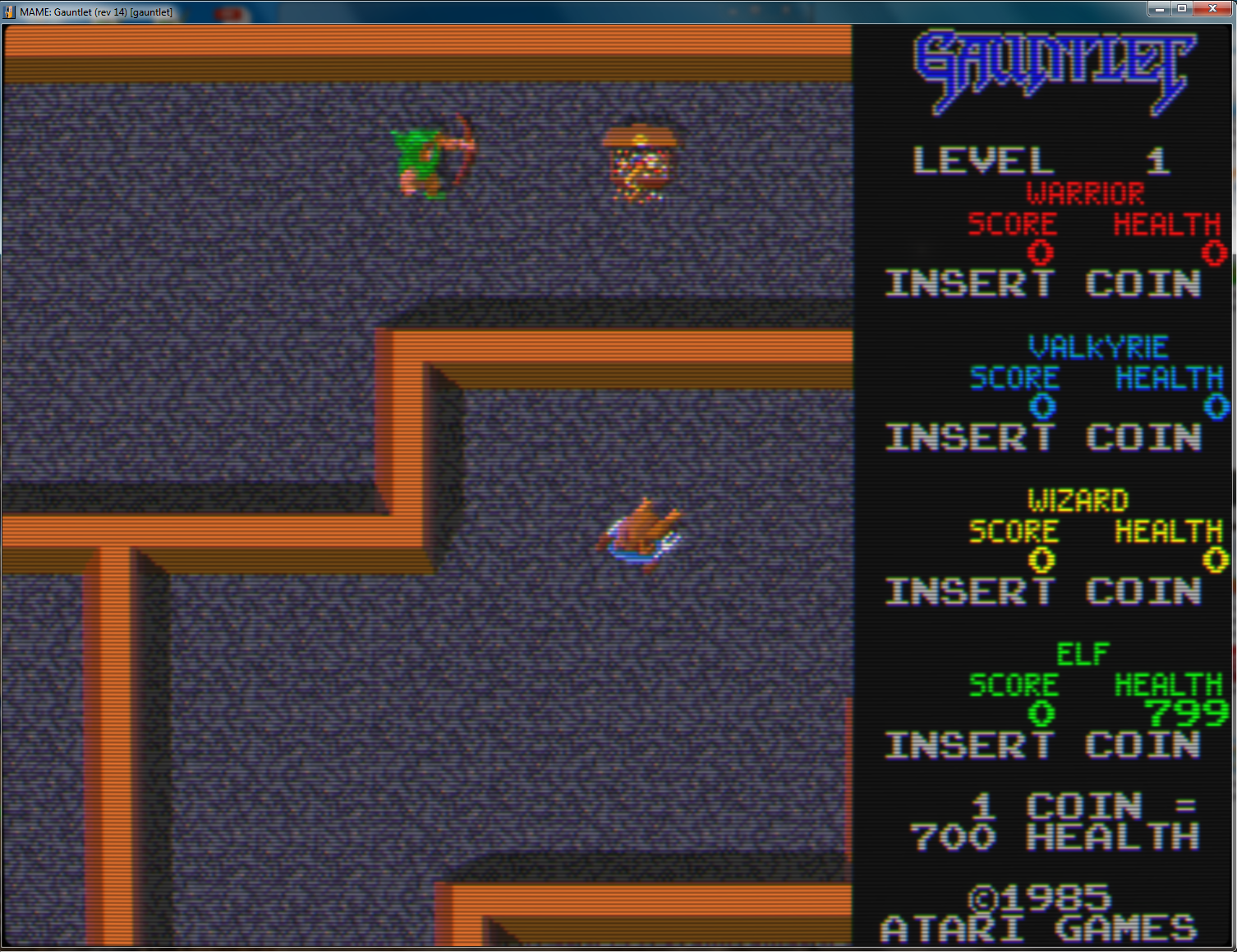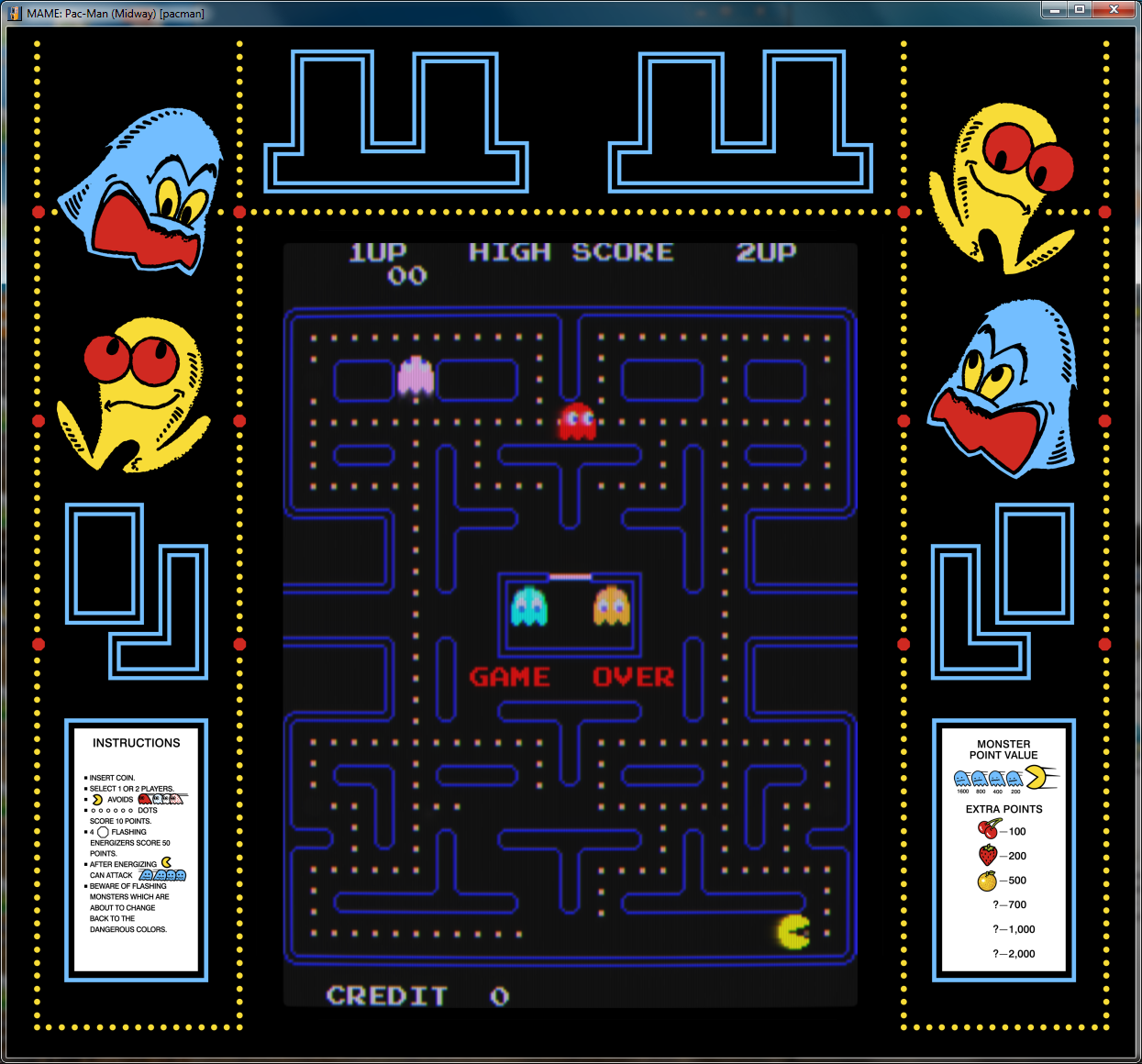- Joined
- Aug 20, 2006
- Messages
- 13,000
I guess I must be totally out of it, since I wasn’t aware anyone made CRT displays at all anymore. This story is a double K.O.: as the means of creating cathode-ray screens is now effectively dead, so are genuine arcade cabinets. The article notes that LCD screens aren’t a good replacement due to their low-refresh rates, but my first argument against them would be the fugly upscaling. Maybe they can try making a flat cabinet using an OLED panel for giggles.
When the last major manufacturer stopped making CRTs, they sold the manufacturing equipment to a Chinese company that couldn’t properly reproduce the winding procedure. “Turns out that’s a semi-manual process,” says Ware. “You have to wind the CRT bulbs by hand, so they stopped making them. I have an engineer on staff that couldn’t do it. I couldn’t do it. It’s almost an art form.” Winding together a CRT tube with its electron gun (the two major components in a CRT) requires a delicate touch. It’s a two-part, by-hand procedure that begins with the laborer painting the inside of the tube as it spins on a centrifuge.
When the last major manufacturer stopped making CRTs, they sold the manufacturing equipment to a Chinese company that couldn’t properly reproduce the winding procedure. “Turns out that’s a semi-manual process,” says Ware. “You have to wind the CRT bulbs by hand, so they stopped making them. I have an engineer on staff that couldn’t do it. I couldn’t do it. It’s almost an art form.” Winding together a CRT tube with its electron gun (the two major components in a CRT) requires a delicate touch. It’s a two-part, by-hand procedure that begins with the laborer painting the inside of the tube as it spins on a centrifuge.
![[H]ard|Forum](/styles/hardforum/xenforo/logo_dark.png)

